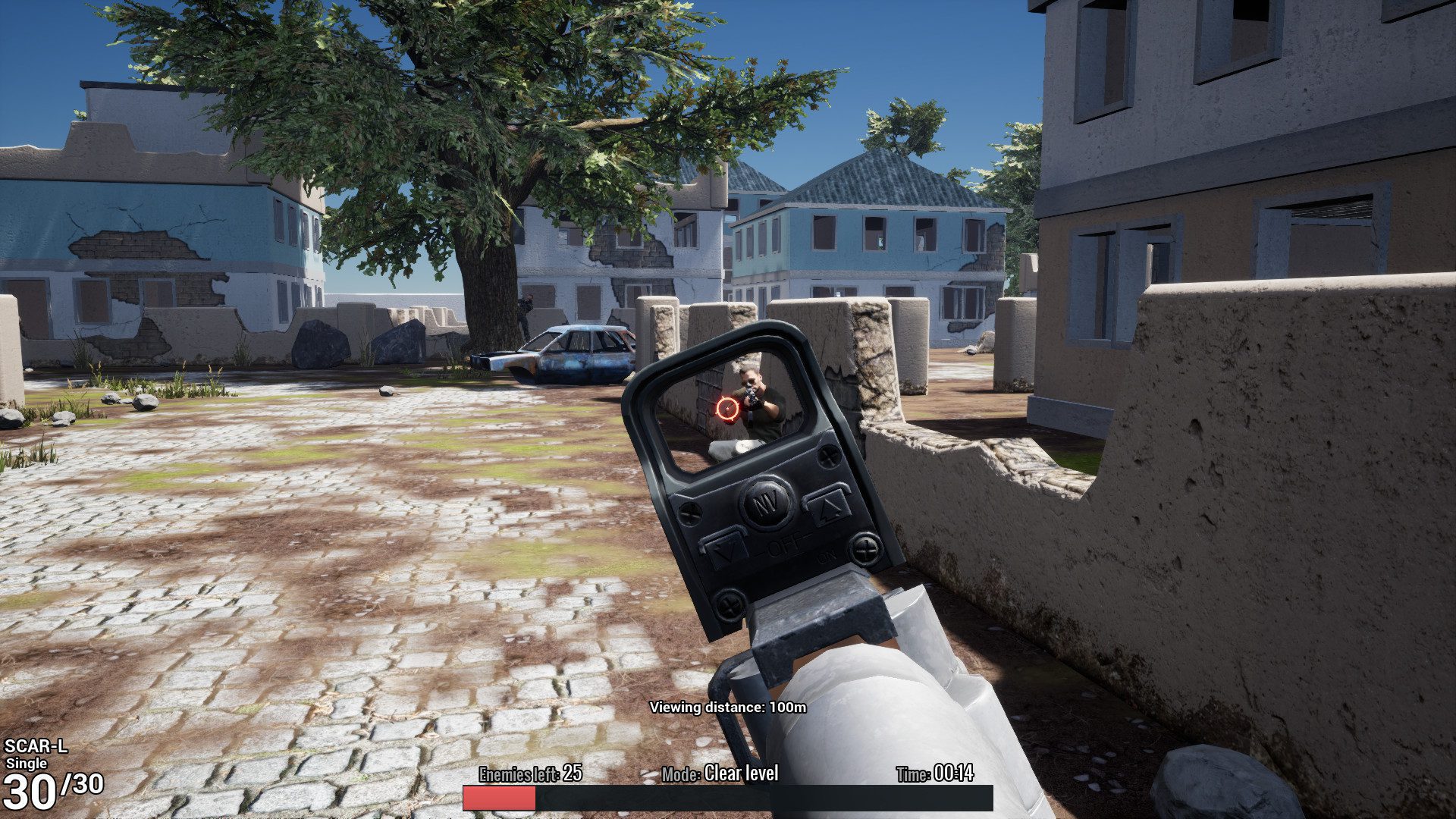60Hz Vs 144Hz Vs 240Hz in monitors. Is there a big difference between 144hz and 240hz? Ever thought of how this affects your gaming experience?
A higher refresh rate monitor is an important component in the gaming rig and you cannot cheapskate, only to regret it later down the line. If you are in a competitive zone and playing competitive games like Apex Legends, CS: GO, Valorant, PUBG PC, Rainbow 6 Siege, then a higher refresh rate is a must-have element in the gaming rig.

60Hz Vs 144Hz Vs 240Hz: What is the refresh rate in monitors?
Can you tell the difference between 144hz and 240hz? You can Google the term and find millions of descriptions on the term “refresh rate” in monitors, but we would like to make it easier for you to understand. Human eyes can see up to 60Hz and that’s why our televisions are clocked at a 60Hz refresh rate. However, the world of gaming changed the scene, when many gamers started to notice ghosting and desynchronized screen that happens in a 60Hz monitor.
1. Screen Tearing
Our eyes cannot see anything above 60Hz, but manufacturers are working on a 300Hz monitor, why? Most of the modern competitive games are fast-paced and you make incredible movements that a 60Hz monitor cannot put together. You have a screen that is split into two and it happens for half a second or less 30 MS. However, it happens frequently that it would make any professional miss the shots, and it has happened to us several times.
Gaming monitor manufacturers solved the screen tearing problem by introducing higher refresh rate displays. We have to say that it is effective and works flawlessly and Nvidia, AMD, and in-game graphics controls support it.
2. Desynchronized
You will notice a significant downfall in desynchronized picture quality, where you are bound to miss shots frequently. You believe that you hit the opponent player, but it misses them and you lose the match instead. It is a common phenomenon and most players complain about it. Listen to the lost players’ battle cry and you will keep repeating one phrase “how could that did not hit him or her?” because they indeed landed the shots. The display could not update the opponent’s position on time due to de-sync and your teammate ended up losing the fight.
The modern gaming monitor has powerful displays that eliminate de-sync from the screen. However, they cannot do anything about in-game server problems and de-sync could occur due to ping differences. If your opponent’s ping is 22MS and your game is ping 56MS, then you will notice significant real-life performance differences. Don’t take internet connection and in-game ping lightly because it causes a lot of problems in competitive games.
3. Ghosting
You may have heard about “ghosting” in higher refresh rate monitor specifications and it plays a major role in performance. Your opponents are moving at an incredible speed and Apex Legends is a fast-paced game so far. You can watch anyone’s gameplay and Apex Legends movement is crazy, and you have less than 5MS to react to the opponent’s counterattack. In close combat, you have a lot of ghosting, where you believe that the shots are landing on the opponent in front of you, but you are hitting an after-image. This is when the 60Hz Vs 144Hz Vs 240Hz in monitors comes into action.
Your display is not able to generate new images at a faster pace, which ends up in ghosting. The old cameras in smartphones have this problem, but it has been resolved by powerful processors taking care of it using Auto-focus technology. The 144Hz monitors and 240Hz monitor decrease the ghosting because it has 1MS low-latency rendering technology.
4. Low-latency Rendering
If you are planning to buy a new gaming monitor then make sure to consider low-latency rendering duration. We, as a competitive gamer, recommend a 1MS response time and there are many monitors available in the market that have 4MS – 6MS response time.
There is an input lag in the display that creates a lot of after images and you need a display that has a 1MS response time. Remember, lower the number is better and 1MS response time is recommended by professionals like Shroud, Aceu, Dizzy, Ninja, Tfue, HydraFlick, North Taisheen, Albrolalie, Ankit Panth, and more.
5. VA/TN/IPS Panel
A beginner would not understand the difference between the VA panel, TN panel, and IPS panel. We are going to break down the important parts of the display because it does make a huge difference in your gaming experience, especially when it comes to 60Hz Vs 144Hz Vs 240Hz refresh rates.
IPS Panel: The IPS panel is known for producing 99% RBG colors, in short, accurate colors and excellent viewing angles. However, the 144Hz & 240Hz IPS panel monitors come at an expensive price and you may not able to afford it. Unfortunately, the IPS panel display has a higher response time like 4MS or 6MS, which is not recommended. You have to pay premium prices and endure higher latency/response time.
TN Panel: TN panel-based 144Hz gaming monitors start from $199 because they are cheaper to make. However, TN panels produce imbalanced colors and overexpose a specific color. For instance, our gaming monitor has a TN panel and the grey darks are overexposed and it displays yellow a lot darker. If your primary concern is gaming and not designing, then you can go with TN panel-based gaming monitor.
VA Panel: VA panel-based 144Hz gaming monitors are cheap and you can find cheap good gaming monitors out there. However, VA panels have bad viewing angles and it is not recommended for heavy media consumption. If you have a tight budget and cannot afford the latest gaming monitor, then you can go with a VA panel.
Note: We recommend the readers keep eye strain in mind because blue light can cause a lot of eye strain. We have selected an IPS panel that has eye-care functions because long hours of work and gaming cause eye fatigue and unbearable migraine & eye pain.
6 Things to Consider while Buying a New Monitor for Your Every Need
Let’s compare: 60Hz Vs 144Hz Vs 240Hz
You may be surprised but there are 75Hz and 165HZ monitors available in the market. We recommend you to avoid 75Hz because your existing 1366×768 & 1920x1080p monitor can push to 75Hz. We have found one YouTube tutorial that explains the process and you can watch it for visual presentation. Overclocking the monitor won’t harm your display or internals as long as you do it right. We have overclocked our monitor and it is working like a charm, but do not push your luck, when the monitor says it is not possible.
144Hz: You will have an incredible performance jump from 60Hz to 144Hz and you can watch the slow-motion video for visual understanding. We found one YouTube video that explains refresh rate value to your performance in slow-motion.
240Hz: If you own a 60Hz or 75Hz monitor and want to upgrade to 240Hz, then this is a huge upgrade. However, if you have a 144Hz monitor, then you won’t see much of the performance boosts in 240Hz because our eyes cannot see the difference. However, if you have upgraded to 240Hz and then downgrade to 144Hz, then it won’t feel the same because our muscle memory has adapted to the higher refresh rate.
60Hz Vs 144Hz Vs 240Hz: Which One Is Better For Gaming?
What’s your budget? Kindly consider the gaming monitor that suits your budget.
If we have a $600 budget, then we would go with 240Hz because it is superior in every way. If you are playing competitive games like CS: GO, Valorant, Apex Legends, Fortnite, PUBG, then 240Hz makes sense.
However, if you have a budget of $199 – $300, then 144Hz makes sense because you are getting a 144Hz monitor TN or VA panel display. Do not worry about the 240Hz because you won’t see a huge performance jump until or unless you downgrade it.
What about 75Hz & 165HZ? We implore you to stay away from them because we wouldn’t recommend something that we don’t buy for ourselves.
Reason (75Hz): The majority of the new monitors (tested on the 2010 LCD monitor & 2017 LED monitor) can push up to 75Hz, so it doesn’t make any sense in 2020.
Reason (165Hz): You won’t see a major performance jump between 144Hz & 165Hz, and you are wasting money, while you can add a few bucks to the budget and get a 240Hz gaming monitor.
Note: Higher refresh rate monitors will improve your performance but they won’t improve your aim. You have to invest money on a good gaming mouse and spend an hour a day on aim practice.
If we were in your boots, then we would buy a 144Hz or 240Hz gaming monitor.
60Hz Vs 144Hz Vs 240Hz: Have You Found the Best Choice?
Many gaming monitor manufacturers are working on a 300Hz gaming monitor and we may see them in the market by end of 2021. However, they are going to be expensive technology to own, so purchase a 144Hz or 240Hz monitor for now. Let us know what your budget is and which model you are going to buy in the comment section below.








